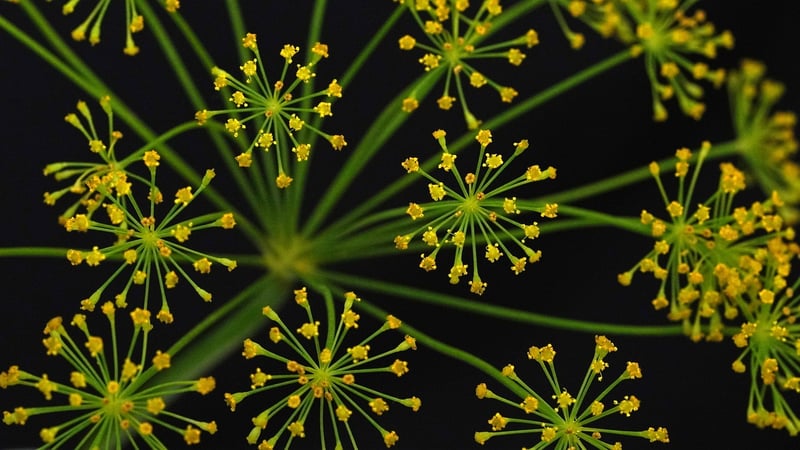Complex Flavor Pairings
Mastering the Art of Blending Diverse Flavors

Creating dishes that combine diverse flavors can elevate your culinary creations to new heights. Whether you are a seasoned chef or an aspiring home cook, mastering the art of blending different tastes can add complexity and depth to your meals.
Understanding Flavor Profiles
Before you start experimenting with diverse flavor combinations, it's essential to understand the basic flavor profiles. The primary taste categories are sweet, salty, sour, bitter, and umami. By incorporating elements from each category, you can create well-balanced and harmonious dishes.
Exploring Complex Flavor Pairings
Pairing contrasting flavors can result in a delightful sensory experience. For example, combining sweet and savory elements like caramelized onions with balsamic reduction can create a rich and nuanced flavor profile. Experiment with unexpected pairings to surprise your taste buds.
Enhancing Dishes with Herbs and Spices
Herbs and spices are essential tools for adding depth and complexity to your dishes. Experiment with fresh herbs like cilantro, basil, and mint, or incorporate bold spices such as cumin, paprika, and turmeric. The right combination can transform a simple dish into a culinary masterpiece.
Embracing Global Flavors
Explore cuisines from around the world to discover new and exciting flavor combinations. From the spicy heat of Thai cuisine to the aromatic spices of Indian dishes, each culture offers unique ingredients and techniques that can inspire your culinary creations.
Conclusion
Mastering the art of blending diverse flavors takes time and practice, but the results are well worth the effort. By understanding flavor profiles, exploring complex pairings, using herbs and spices creatively, and embracing global influences, you can create dishes that tantalize the taste buds and leave a lasting impression.
Start your flavor journey today and unleash your creativity in the kitchen!

